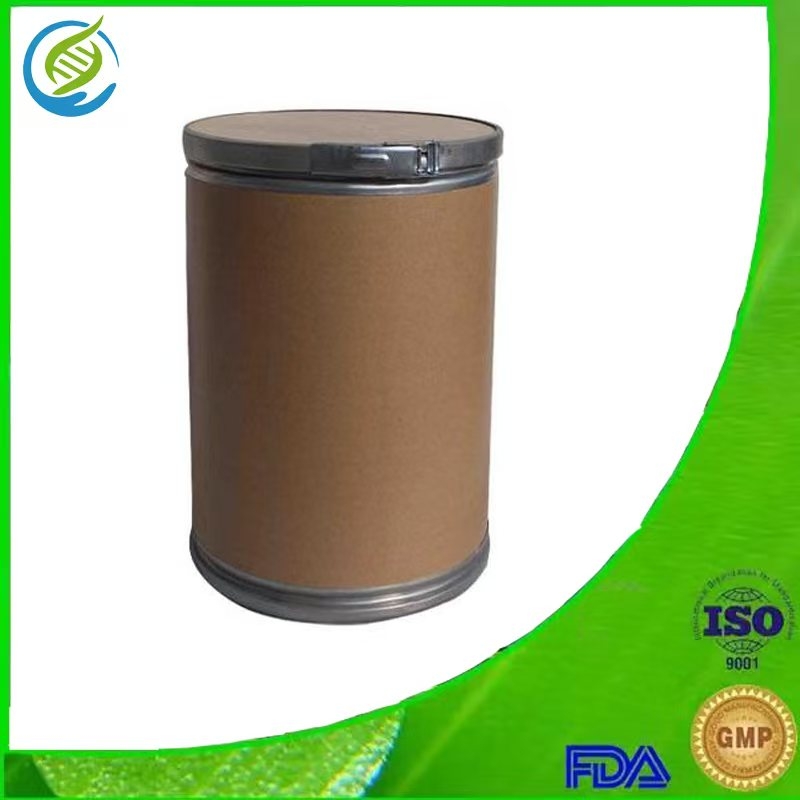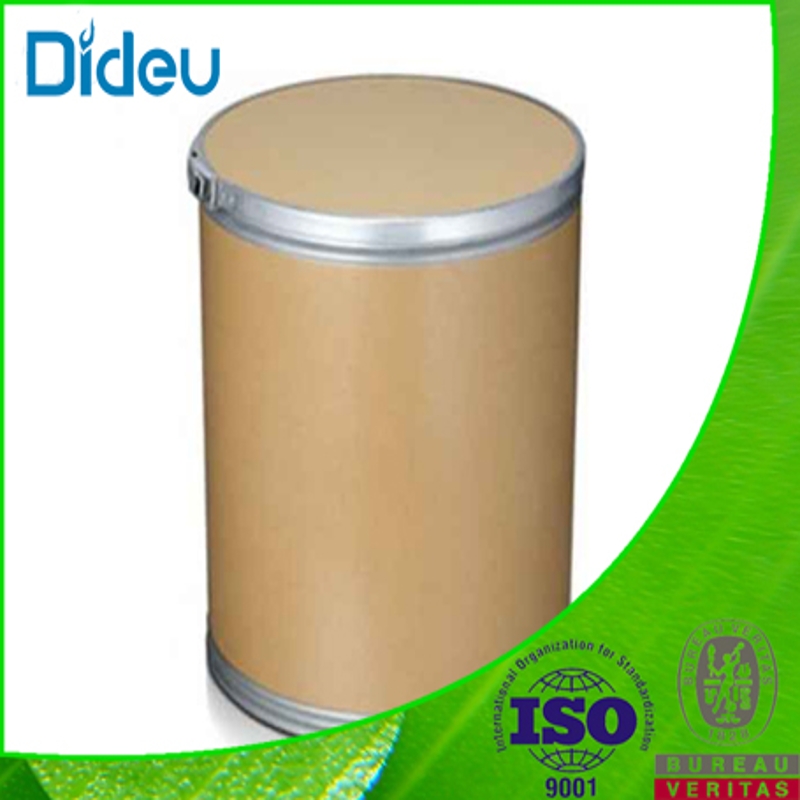-
Categories
-
Pharmaceutical Intermediates
-
Active Pharmaceutical Ingredients
-
Food Additives
- Industrial Coatings
- Agrochemicals
- Dyes and Pigments
- Surfactant
- Flavors and Fragrances
- Chemical Reagents
- Catalyst and Auxiliary
- Natural Products
- Inorganic Chemistry
-
Organic Chemistry
-
Biochemical Engineering
- Analytical Chemistry
-
Cosmetic Ingredient
- Water Treatment Chemical
-
Pharmaceutical Intermediates
Promotion
ECHEMI Mall
Wholesale
Weekly Price
Exhibition
News
-
Trade Service
The production process of 3,4-dibromothiophene-2,5-dicarboxaldehyde, also known as DBT, is a crucial step in the production of various chemicals and materials in the chemical industry.
DBT is an important intermediate in the synthesis of a wide range of chemicals, including polymers, dyes, and pesticides.
The production process of DBT involves several steps, starting from the preparation of the starting materials and ending with the isolation and purification of the final product.
In this article, we will discuss the production process of DBT in detail, including the various reaction steps and the equipment used in the process.
- Preparation of the starting materials
The production of DBT starts with the preparation of the starting materials, which include thiophene-2,5-dicarboxylic acid (2,5-TDC) and 1,4-dibromo-2-butene (DB).
The 2,5-TDC is typically synthesized by a multi-step process that involves the reaction of calcium oxide with salicylic acid, followed by hydrolysis and ring-closure reactions.
DB is prepared by a similar process, which involves the reaction of 1,4-butane with bromine in the presence of a solvent such as carbon tetrachloride.
- Condensation reaction
The next step in the production of DBT is the condensation reaction, which involves the reaction of 2,5-TDC and DB in the presence of a condensation agent such as sodium hydroxide.
The reaction is typically carried out in a batch reactor, which is equipped with a mixing impeller and a temperature controller.
The temperature and the mixing rate are carefully controlled to ensure the completion of the reaction and to prevent the formation of unwanted side products.
- Dehydration reaction
After the condensation reaction, the mixture is treated with a dehydrating agent such as sulfuric acid to remove water, which is formed as a by-product of the reaction.
The dehydration reaction is typically carried out in a batch reactor, which is equipped with a mixing impeller and a temperature controller.
The temperature and the mixing rate are carefully controlled to ensure the completion of the reaction and to prevent the formation of unwanted side products.
- Purification
After the dehydration reaction, the resulting mixture is typically purified by washing with water and then with sodium bicarbonate solution to remove any remaining impurities.
The purified mixture is then treated with activated carbon to remove any trace amounts of the dehydrating agent.
- Recovery
The final step in the production of DBT is the recovery of the product, which is typically carried out by crystallization from a suitable solvent.
The crystallized DBT is then dried and processed into the desired form, such as a powder or a pellet, for use in the production of various chemicals and materials.
In conclusion, the production process of DBT is a multi-step process that involves several reaction steps and the use of various equipment.
The process starts with the preparation of the starting materials, followed by the condensation and dehydration reactions, purification, and recovery of the product.
The process is carefully controlled to ensure the production of a high-quality DBT product, which is used as an intermediate in the production of various chemicals and materials.
The production of DBT is a critical step in the chemical industry, and it requires the use of specialized equipment and the expertise of trained operators to ensure its successful completion.






